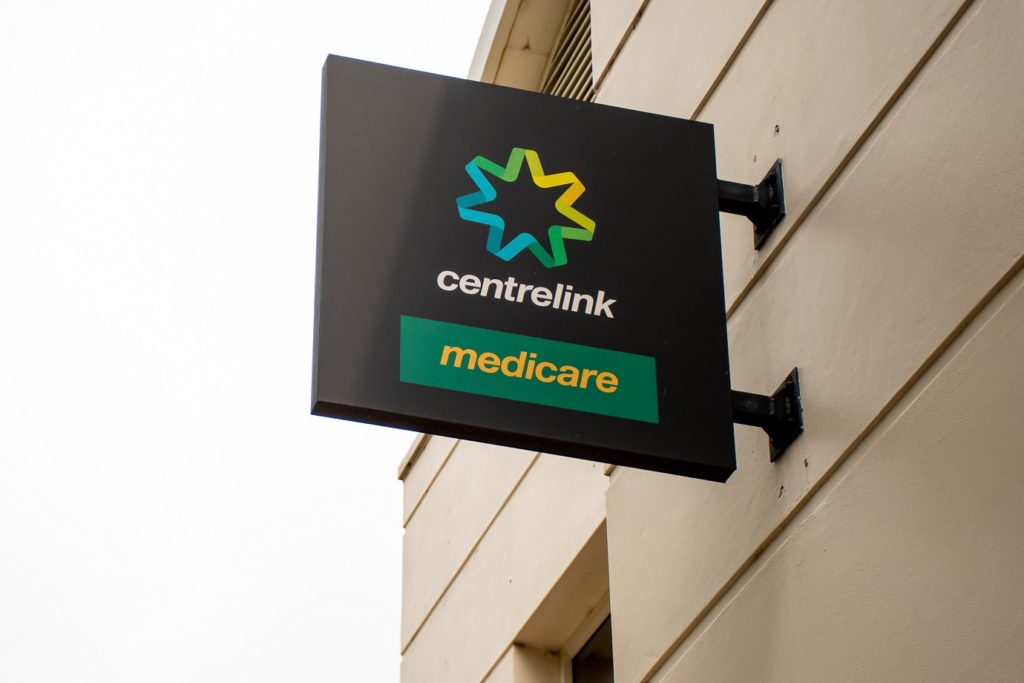The federal government is set to announce a permanent increase to the base rate of JobSeeker that will come into play when the coronavirus supplement concludes in March.
It has been reported that the government’s expenditure review committee has agreed to a permanent increase of just $50 a fortnight. For those on the unemployment benefit, this works out to about an extra $3.50 per day and is far below the rate advocacy groups have called for. A tightening of mutual obligation requirements are also expected to be announced.
Prior to the pandemic, the rate of JobSeeker was $565 a fortnight, or about $40 a day, a rate that welfare groups and economists have consistently criticised as too low.
The Australian Council of Social Service has called on the federal government to increase the rate of JobSeeker by at least $25 a day or $350 a fortnight, to avoid severe financial distress and deprivation for those who receive the benefit.
“Already, at $51 a day with the current Coronavirus Supplement, people on JobSeeker are being forced to make impossible decisions, choosing between housing, food, medications, basic toiletries and paying bills,” Dr Cassandra Goldie, CEO of the Australian Council of Social Service said.
“The Government’s decision will impact millions who have the least, including hundreds of thousands of children whose parents are locked out of paid work, people with a disability, students, older workers, people with a chronic illness, single parents, people from all walks of life.
“There is currently only one job available for every nine people looking, with even less in regional areas. We are yet to see the impact of JobKeeper and eviction moratoriums ending.”
Goldie said Australia’s unemployment payment is the lowest in the OECD and is “brutal and inhumane”.
People are texting me all the time in deep distress about what’s going to happen.
— ACOSS (@ACOSS) February 22, 2021
I can’t overstate what a devastating betrayal yet another cut would be for people – ACOSS CEO @cassandragoldie @abcmelbourne #JobSeeker #RaisetheRateforGood #auspol @ScottMorrisonMP @JoshFrydenberg
The Australian Unemployed Workers Union want the see the JobSeeker base rate raised to $80 a day.
A report released last year indicated the proportion of women over the age of 45 who receive JobSeeker has increased seven-fold since 1991.
In the 1990s, two in five recipients of the unemployment benefit were men under the age of 35 and typically, they needed it for less than 12 months. Now, it’s older women who are the most likely recipients of JobSeeker, and they are more likely to spend more than 12 months on the benefit.
This has left many older women living below the poverty line, and they continue to be the fastest growing demographic at risk of homelessness.
During the initial stages of coronavirus lockdowns in 2020, more women than men experienced job losses as female dominated industries were hit the hardest. Many women left the workforce altogether and have taken on more unpaid domestic and caring work.
Philip Lowe, the Reserve bank governor, recently warned that when JobKeeper wage subsidy ends in next month, there will be more “job shedding”, which could cause rises in the unemployment rate.


